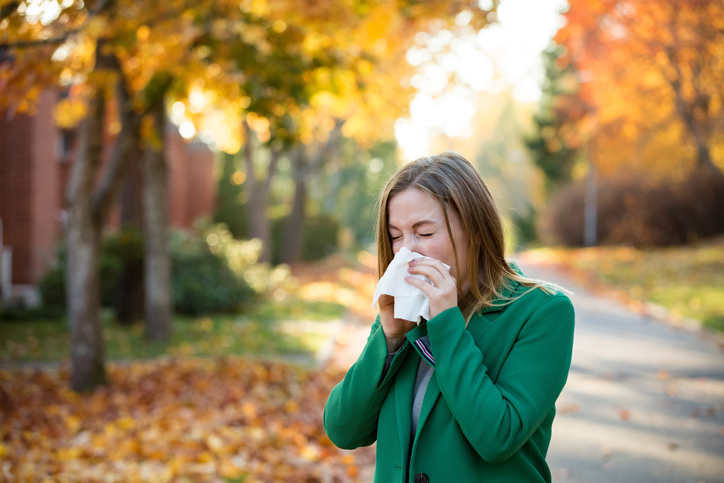Fall can be a beautiful time of year, bringing cooler temperatures, colorful leaves, and plenty of festive gatherings. However, for many people, autumn also signals the start of sneezing, stuffy noses, and itchy eyes. Seasonal allergies don’t only affect you in the spring—fall allergens can be just as troublesome, especially in areas with abundant vegetation. If you find yourself stocking up on tissues and antihistamines every October, you’re not alone. Thankfully, there are practical steps you can take to reduce symptoms and protect your respiratory health. Read on to learn more about fall allergies, their common triggers, and how to manage them effectively.
Common Fall Allergens
One of the main culprits for fall allergies is ragweed, a plant that releases pollen during late summer and early autumn. Just a single ragweed plant can produce millions of pollen grains, which are easily carried by the wind. Another common irritant is mold, which thrives in damp, decaying leaves—a frequent sight during fall months. As leaves pile up and retain moisture, mold spores can rise into the air, aggravating allergy symptoms. Dust mites may also become more prevalent when we start turning on the heat indoors. Warm, enclosed homes can harbor these microscopic creatures in bedding, upholstery, and carpets, leading to year-round discomfort that often worsens in cooler seasons.
Recognizing Fall Allergy Symptoms
At first glance, fall allergy symptoms can look a lot like a common cold. You might experience a runny or stuffy nose, sneezing, itchy, watery eyes, and mild fatigue. However, if these symptoms linger for weeks, worsen after spending time outside, or appear around the same time each year, there’s a good chance that seasonal allergens are to blame. Keep track of your symptoms and any potential triggers, such as raking leaves or going for a walk in a wooded area. This information can be very helpful to an Ear, Nose, and Throat (ENT) specialist if your symptoms don’t improve with basic measures.
Tips to Reduce Exposure
Minimizing exposure to allergens is one of the best ways to tackle fall allergies. First, try to stay indoors on high-pollen-count days, particularly during the morning when ragweed pollen is often at its peak. When you do head outside, consider wearing sunglasses or a wide-brimmed hat to shield your eyes and hair from pollen. After returning indoors, change and wash your clothes to remove any allergens that might have clung to fabrics. Regularly vacuuming and dusting can also help reduce dust mites, while controlling indoor humidity levels (ideally between 30–50%) can discourage mold growth. If you notice mold in damp areas of your home, address it promptly by cleaning thoroughly and improving ventilation.
Managing Your Symptoms
Even with the best prevention strategies, you may still experience allergy symptoms. Over-the-counter antihistamines, nasal sprays, and decongestants can provide short-term relief. If your allergies significantly affect your quality of life, though, it may be time to consult a specialist. An ENT professional can recommend additional treatments, such as allergy testing, immunotherapy (allergy shots), or prescription-strength medications. Consistent follow-ups ensure your treatment stays effective over time, especially if your triggers change or new allergens develop.
When to Seek Professional Help
If you’re dealing with persistent congestion, frequent sinus infections, or severe reactions that interfere with daily life, don’t hesitate to reach out to Greater Knoxville ENT. By diagnosing the specific allergens affecting you and providing a comprehensive treatment plan, we can help you find lasting relief and reclaim your fall season. With a proactive approach—limiting exposure, monitoring symptoms, and seeking expert care when needed—you can breathe easier and enjoy all the fall festivities without the constant discomfort of allergies.

